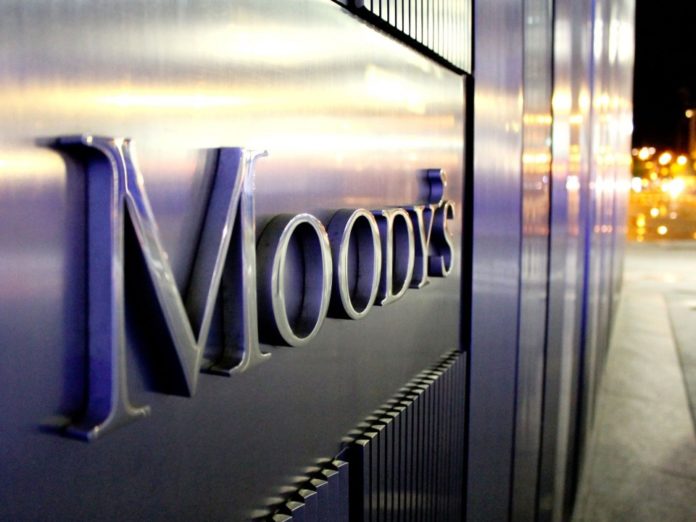By Staff Reporter
KARACHI: Pakistan’s credit rating outlook is clouded by the political uncertainty following the inconclusive elections that left no party with a clear majority, Moody’s Investors Service said on Wednesday.
The rating agency said the formation of a coalition government, which is still under negotiation, could pose challenges for policy-making and reforms, especially as the country faces significant macroeconomic pressures.
“While negotiations between parties to form a coalition government are currently underway, prolonged delays will raise political and policy uncertainties at a time when Pakistan faces significant macroeconomic challenges, particularly its very weak external and liquidity position,” Bloomberg quoted Moody’s analysts including Grace Lim as writing in a note.
Moody’s, which rates Pakistan at Caa3 with a negative outlook, said a coalition government may not be very united and politically strong, and it will face challenges in securing consensus to pursue difficult, but necessary reforms, including revenue-raising measures.
“There is also uncertainty around the extent of public protests as they may challenge the legitimacy of the new government,” the note said.
The agency also warned of the potential for social unrest and public protests, which could undermine the legitimacy and stability of the new government.
“Moreover, social tensions may increase, which would likely constrain the government’s ability to undertake reforms,” it added.
Pakistan’s economy has been hit by a widening current account deficit, falling foreign exchange reserves, a depreciating currency and rising inflation. The country is widely expected to seek another bailout from the International Monetary Fund (IMF) after the current one expires in March-April to avoid a balance of payments crisis.
The IMF has been providing Pakistan with a $3 billion loan program since July 2023.
“Overall, uncertainty around Pakistan’s ability to quickly negotiate a new IMF program after the current one expires in April 2024 remains very high,” Moody’s said. “Pakistan’s government liquidity and external vulnerability risks will remain very high until there is clarity on a credible longer-term financing plan.”
Pakistan’s external financing requirement for the fiscal year ending June 2024 is $24.5 billion, of which $5 billion is net payable. Out of the current year’s repayments, most of the amount has already been paid or rolled over. The central bank estimates further rollovers worth $5 billion in the current fiscal year.
The elections, held on Feb. 8, resulted in a hung parliament, with no party winning a majority of the 342 seats. Independent candidates backed by Pakistan Tehreek-e-Insaf (PTI) party, led by jailed leader Imran Khan, emerged as the largest group with 93 seats, but fell short of the 169 seats needed to form a government on their own.
The Pakistan Muslim League-Nawaz (PML-N) of former prime minister Nawaz Sharif emerged as the largest party in the parliament, winning 75 seats, but it also fell short of a majority.
Sharif’s party secured the backing of a coalition of six parties, including the Pakistan Peoples Party (PPP) and the Muttahida Quami Movement Pakistan (MQM-P), to form a government.
Bilawal Bhutto Zardari, the chairman of the PPP and the son of former prime minister Benazir Bhutto, said his party would support the PML-N’s candidate for the prime minister’s post, but his party would not be part of the government.
The ongoing political uncertainty has also weighed on the financial markets and the currency, which have been volatile after the elections.
The country’s foreign exchange reserves stand at roughly $8 billion which barely covers two months of essential imports. A $1 billion bond payment in two months’ time will cut them further.
Pakistan’s debt-to-GDP ratio is already above 70 percent and the IMF and credit ratings agencies estimate that the interest payments on its debt will soak up 50 percent and 60 percent of the government’s revenues this year. That is the worst ratio of any sizable economy in the world.
Copyright © 2021 Independent Pakistan | All rights reserved




